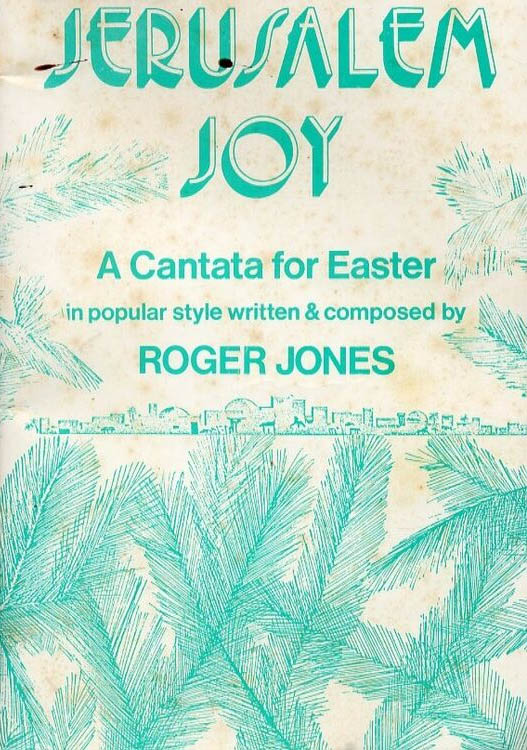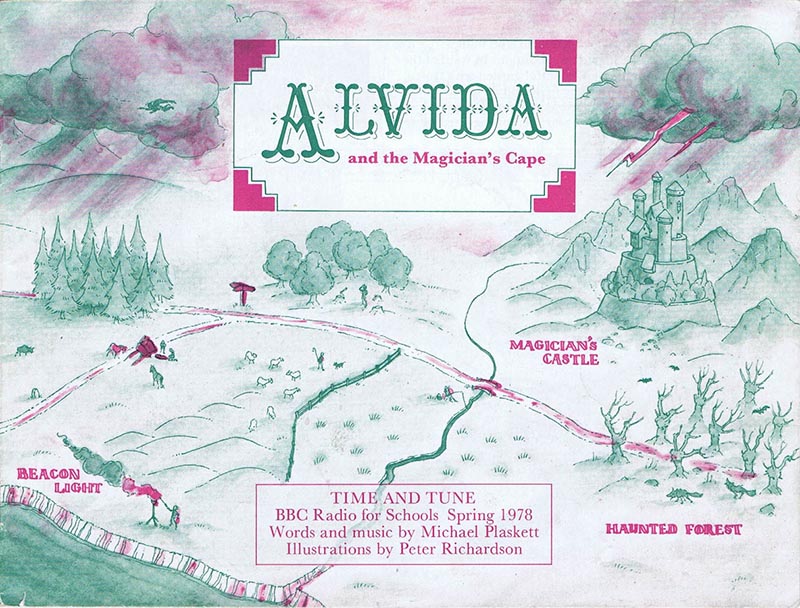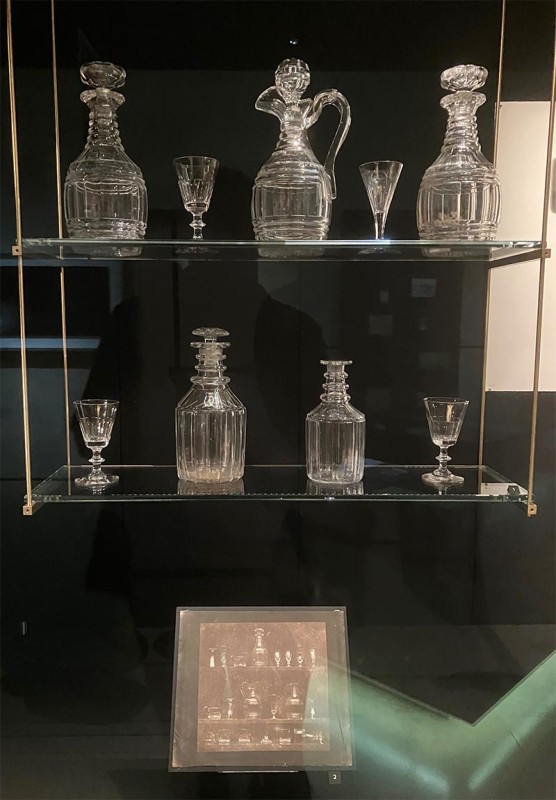This is a short clip of a recording made at Easter in 1982. It’s part of a performance of a cantata, ‘Jerusalem Joy,’ which was performed at my mum’s church. My mum is the main voice you can hear and along with her I can hear my 10 year old self singing (with a high pitched voice) in the chorus.
As I listen, a whole raft of emotions and memories are stirred up inside me, not least memories of my dear mum who we lost last year. There’s also the feel of Sundays, the look of the church, it’s smell even. There are all the faces that I would have known at the time, so many of whom have left us since. The key thing is that when I listen to the audio, my memory and the audio combine; my mind opens up the space and allows the moment to be played out as if in real time; as though I’m standing there; not as a 10 year old boy, but as I am now.
It’s a similar experience to that I felt when I listened to an old song for the first time in 45 years; one I’d heard as a child in 1978 at school, broadcast, as it was, on the radio when I was 6 years old. I wrote about it here (Wicked Magician, Fly), and listening to it again, I find myself back in the classroom at my primary school. just as I do in the church above.
With the display I mentioned in my previous blog, I of course have no memory of the space in the photograph; I wasn’t around 180 year ago.
The photograph in the picture (taken in 1844 and showing some of the glassware above it) is like the audio recording of the cantata, in that it’s a recording of a moment in time long gone. When I look at the photograph on its own, I can try to imagine the world of that lost moment; Fox Talbot setting up his display, the unwieldy camera, the rest of the room. But with some of the actual glassware above it, the process becomes much easier and the experience far more vivid. Even looking at just one of the objects (for example the jug, top centre) I am there in that vanished space. As with the audio mentioned above, the glassware acts like my memory. It becomes in itself a memory of that moment 180 years ago, and by looking at it, I am again transported in time. (There is a link here with something I wrote on diffusers found in my mum’s house after she passed away.)
But what about when walking in an historic space like a ruined castle? I might know the history of the space and again, using my imagination, find my way back in time. But there is nothing else, save the bare stones, of what would have been a furnished and lived in space. I have no memory of the castle (as I did of the church in the audio) and there are no objects, like Fox Talbot’s glassware, to act as a surrogate memory. Instead, there is our own movement through the ruined rooms, tracing the paths others would have walked centuries before. In this regard, we become the memory and as such, are able to recall that long vanished past as if the ruin, with our help, is remembering.


